I think I hold the world record for the greatest number of chess books written (or co-written) and published. At the last count I managed to identify 199, with several of them translated into a total of 13 different languages. Last week, a new book by the prolific Cyrus Lakdawala dropped through my letterbox. Lakdawala seems to be producing a book every month and I fear he is threatening to overtake me.
His latest tome is an exposition of various methods of combating the Sicilian Defence. These include an early c3, in order to build up a formidable pawn centre for White, a quick Bb5 and the feared Morra Gambit where White immediately plays 2 d4 and then continues in sacrificial style with 2 … cxd4 3 c3, rather than trying to recapture the pawn. This is not a book for theory hounds who wish to follow the main lines based on 1 e4 c5 2 Nf3 followed by 3 d4; it is for free spirits.
Anti-Sicilians: Move by Move by Cyrus Lakdawala is published by Everyman Chess.
My comments are based on those in the book.
Pirrot-Rotstein: Bad Worishofen 2003; Sicilian
1 e4 c5 2 c3 Nf6 3 e5 Nd5 4 d4 cxd4 5 Qxd4 For White, the entire line looks like ambition outstripping ability. The 5 Qxd4 line isn’t played very often, and is mainly used as a surprise weapon to throw Black off, theoretically. 5 … e6 6 Nf3 Nc6 7 Qe4 b6 8 g3 White decides to neutralise Black’s coming … Bb7 with a fianchettoed bishop on g2. However what he underestimated, or failed to consider, was that Black is by no means obliged to play his bishop to b7, since a6 will be available. 8 … Qc7 9 Bg2 Ba6 The wizard’s spells compel absolute obedience. White is unable to castle. 10 b3 f5 11 exf6 Nxf6 12 Qa4 Nb4! (see diagram 1) Black’s knight works double duty, protecting the a6-bishop, while threatening nasty checks on d3 and c2. 13 Bf4 The only move: a) 13 cxb4?? would be a mega-blunder: 13 … Qxc1 is mate. b) 13 Kd1 Ne4 14 Be3 Nxc3+ 15 Nxc3 Qxc3 16 Rc1 Qd3+ 17 Nd2 Qe2 mate. 13 … Nd3+ 14 Kf1 Qc8 Black’s move is much stronger than 14 … Nxf4+? 15 Qxa6 Nxg2 16 Kxg2 Be7 when White may well survive. 15 Kg1 Bc5 16 Be3 0-0 17 Bxc5 White’s defenders are sluggish. 17 Nbd2 Nd5 18 Bxc5 Nxc3 19 Qh4 Ne2+ 20 Kf1 Qxc5 21 Ne4 Qc2 22 h3 Ndc1 23 Ne1 Qb2 is game over. 17 … Qxc5 (see diagram 2) 18 Nd4 Or 18 Qd4 Ne4 19 Qxc5 bxc5 20 h3 d5 21 Rh2 Nc1 22 c4 dxc4 23 Nbd2 Ne2+ 24 Kf1 N2xg3+! 25 fxg3 Nxd2+ 26 Ke2 c3+ 27 Ke3 Rad8 and White is crushed. 18 … Qe5 19 Bxa8 White’s last move is played with the thought: we can take our wealth to our graves. Instead, if 19 Nd2 Nxf2 20 Bxa8 N6g4 21 N4f3 Qe2 22 h3 Nd1! and White can resign. 19 … Qe1+ 20 Kg2 Qxf2+ 21 Kh3 Nc5 White resigns After 22 Qa3 Rxa8 light squares are a commodity in short supply in White’s camp, and after 23 Qc1 Bb7 24 Rg1 Nd3 25 Qf1 Qe3 there is no defence to the threat of … Qh6 mate. However, even more clear is 21 … Nf4+! 22 gxf4 Nh5 which forces a quick mate.
Got something to add? Join the discussion and comment below.
Get 10 issues for just $10
Subscribe to The Spectator Australia today for the next 10 magazine issues, plus full online access, for just $10.
You might disagree with half of it, but you’ll enjoy reading all of it. Try your first month for free, then just $2 a week for the remainder of your first year.

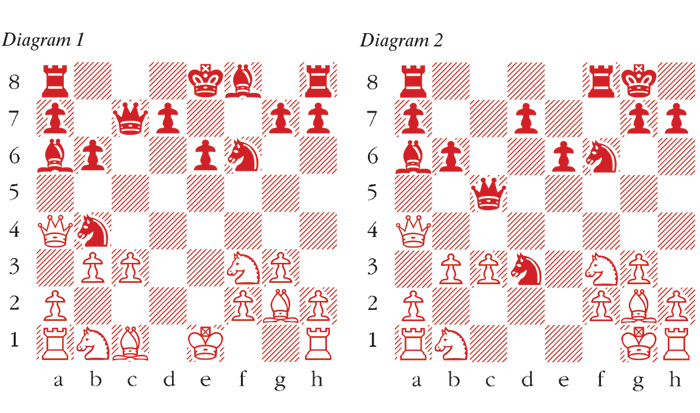
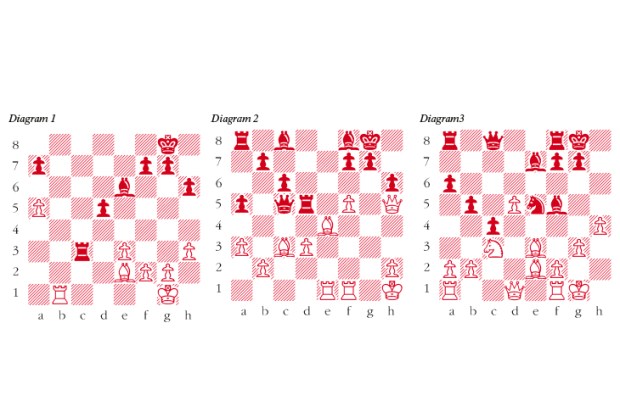
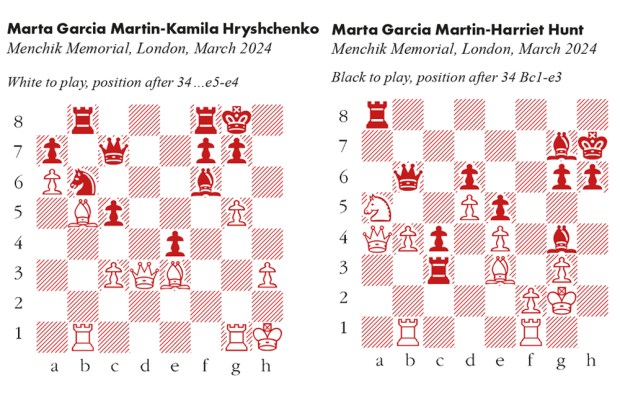

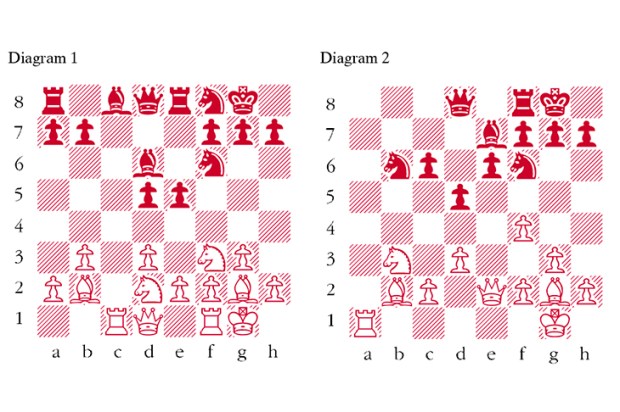
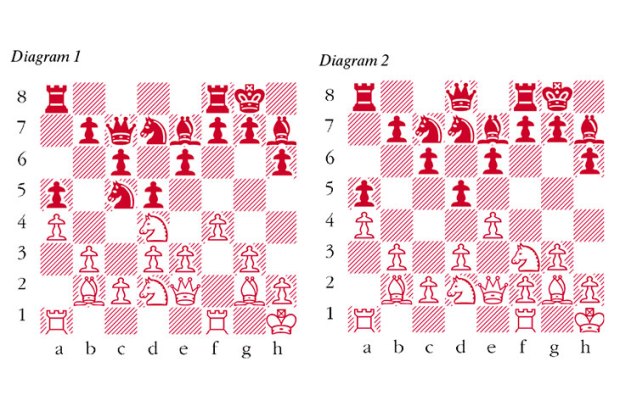
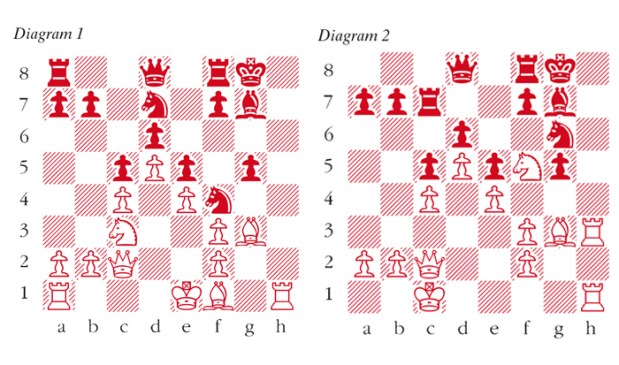






Comments
Don't miss out
Join the conversation with other Spectator Australia readers. Subscribe to leave a comment.
SUBSCRIBEAlready a subscriber? Log in